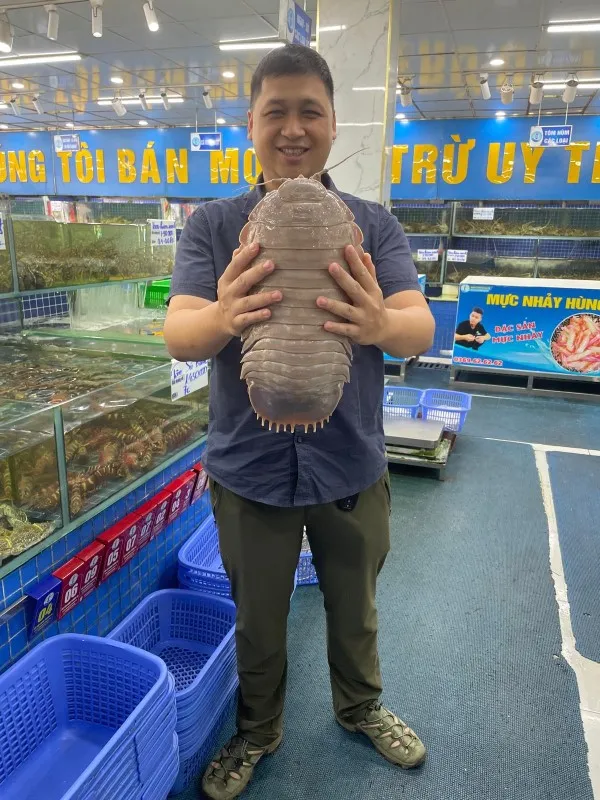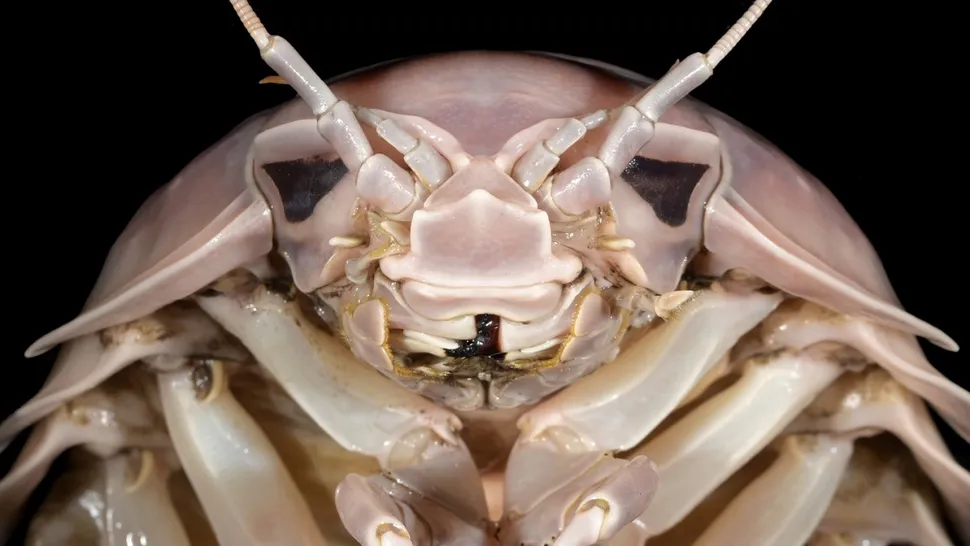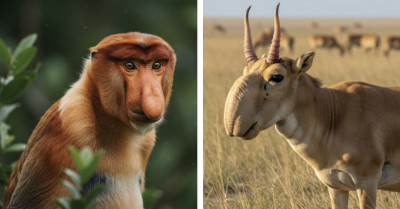Massive Darth Vader Sea Bug Discovered In The South China Sea Surprises Scientists
A strange new giant of the deep has just been revealed, and it looks like something straight out of a science fiction movie. Researchers studying marine life in the South China Sea have identified a previously unknown species of giant isopod with such an uncanny resemblance to Darth Vader’s helmet that it now bears his name.
Measuring more than a foot long and weighing over two pounds, this unusual creature demonstrates just how much of Earth’s oceans remain unexplored — and how many secrets still lurk in the dark, cold depths.
The species, officially named Bathynomus vaderi, was first discovered after scientists purchased specimens from local fishers in Vietnam. Belonging to the genus Bathynomus — a group of isopods often referred to as “sea bugs” — this deep-sea dweller is classified as a “supergiant” for its sheer size.
At up to 12.8 inches (32.5 centimeters) long and weighing more than 2.2 pounds (1 kilogram), B. vaderi joins the ranks of the largest known isopods on Earth.
The name “vaderi” is a nod to its striking appearance. The species’ head has a shape that closely mirrors Darth Vader’s iconic helmet from Star Wars. Scientists confirmed it as a distinct species after noting unique skeletal traits, including “a pronounced depression in its hip bone and a unique bony ridge protruding from its coracoid bone.”
In October 2024, Dr. Nguyen Thanh Son was photographed holding a massive specimen of another giant isopod species, Bathynomus jamesi, which weighed 2.62 kilograms and was sourced from a seafood market in Hanoi.

So far, B. vaderi has only been identified near the Spratly Islands, a cluster of reefs and islets in the South China Sea. However, researchers believe it may inhabit other areas of the region’s deep waters as well. The findings were published on Jan. 15 in the journal ZooKeys, shedding light on the ongoing discoveries in one of the world’s most biodiverse marine ecosystems.
Marine Discovery Insights
Dr. Sylvia A. Earle, renowned marine biologist and founder of Mission Blue, emphasizes that discoveries like the Darth Vader sea bug highlight the critical need for ocean exploration and conservation.
She notes, 'With over 80% of our oceans unexplored, every new species can provide insights into ecological health and potential benefits for humanity.' This discovery underlines the importance of funding marine research to uncover unknown species and their ecosystems.
As marine biodiversity is vital for ecological balance, Dr. Earle advocates for increased public engagement in ocean conservation efforts, stressing that citizen science can play a significant role.
Bathynomus vaderi was discovered after scientists noticed differences between it and other giant isopod species.

The discovery of B. vaderi is both thrilling and cautionary.
Bathynomus species are not just of scientific interest — they are also becoming increasingly popular in Vietnam’s seafood markets. Researchers noted that these giant isopods “have recently become a delicacy in Vietnam, often compared to lobster.”
Their growing popularity has turned them into an expensive commodity, but it has also sparked concern. The demand could put pressure on deep-sea populations that are already difficult to study and potentially vulnerable to overfishing.
Interestingly, B. vaderi is not the largest member of its family. That record belongs to Bathynomus jamesi, another giant isopod discovered in Vietnam that can grow up to 20 inches (50 cm) and weigh nearly 6 pounds (2.6 kg).
Dr. Nguyen Thanh Son, one of the researchers, was even photographed holding a massive specimen of B. jamesi from a seafood market in Hanoi — an image that underscores the surprising intersection of deep-sea science and culinary culture.
The discovery of B. vaderi is both thrilling and cautionary. On one hand, it highlights the rich biodiversity hidden in the ocean’s depths and the power of local fishing communities to contribute to scientific discovery.
On the other hand, it raises urgent questions about sustainability. As deep-sea species like these move from scientific curiosity to seafood delicacy, researchers warn that careful regulation will be necessary to ensure these unique creatures do not vanish as quickly as they were found.
Dr. David Shiffman, a marine conservation biologist, highlights that new species discoveries often lead to important ecological insights. He states, 'Understanding these creatures helps us learn about their roles in the ecosystem and how they interact with other species.'
Dr. Shiffman suggests that public interest can be cultivated through educational outreach, such as school programs and community events focused on marine biodiversity.
He advocates for a multi-faceted approach to marine education, where children can engage with experts, fostering a deeper appreciation and understanding of ocean life that may inspire future generations of marine scientists.
Professional Assessment & Guidance
The discovery of the Darth Vader sea bug serves as a reminder of the vast, unexplored territories in our oceans. As Dr. Sylvia Earle eloquently points out, every new species can offer critical insights into marine ecosystems and their health. By increasing public engagement through educational initiatives, we can inspire a greater appreciation for marine biodiversity.
Through collaborative efforts between scientists and communities, we can not only enhance our understanding of these creatures but also promote conservation efforts crucial for the health of our oceans. The future of marine exploration depends on our collective commitment to safeguarding these remarkable ecosystems.



